Ganglion Cyst
What is a Ganglion Cyst?
A Ganglion Cyst is a lump that forms on the hand or wrist, typically near joints or tendons. It’s often characterized as a mass, swelling, or bump. Ganglion cysts are quite common and tend to appear in specific locations, frequently emerging on the back of the wrist, towards the center.
They can also manifest near finger joints, and when found on the palm side of the wrist, they typically appear off-center, closer to the base of the thumb (refer to Figure 1). Additionally, they might be felt at the palm’s base near a finger. Sometimes, they’re even observed at the back of the finger, close to the fingertip (see Figure 2).
These cysts are typically filled with a clear, gel-like fluid, akin to a water balloon connected to a straw (depicted in Figure 3). This straw-like connection links the cyst to a joint or tendon sheath. Naturally, joints and tendon sheaths produce fluids, which can cause the cyst to fluctuate in size over time. Certain cysts might even resolve completely as time goes on. Importantly, it’s essential to note that ganglion cysts are non-cancerous and do not spread to other areas.
A ganglion cyst originates from a joint, resembling a balloon on a stalk. It emerges from the tissues enveloping a joint, which includes ligaments, tendon sheaths, and joint linings. Enclosed within this balloon is a dense, lubricating fluid, similar to the fluid that facilitates joint movement.
The most familiar region of a ganglion cyst is on the dorsum aspect of the wrist.
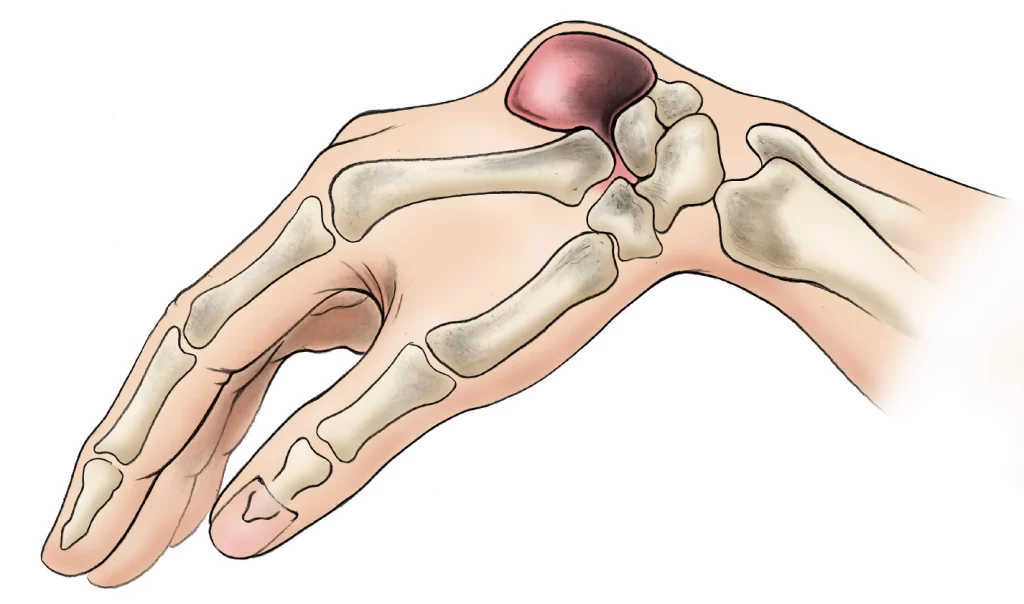
These cysts can develop within several joints in the hand and wrist, encompassing:
- Both the upper and lower sides of the wrist
- The terminal joint of a finger
- The base of a finger
Their dimensions can vary, often increasing in size with heightened activity. However, with adequate rest, the lump usually diminishes in size.
Cause of Ganglion cyst
The precise triggers for the formation of ganglion cysts remain a mystery.
These cysts are most frequently observed in individuals aged 15 to 40, with a higher prevalence among women compared to men. Notably, gymnasts, who routinely subject their wrists to repetitive stress, are often prone to developing ganglion cysts. Moreover, when these cysts emerge at the end joint on the nail side of a finger, often referred to as mucous cysts, they are commonly associated with arthritis in the finger joint. This specific type of cyst tends to affect women between the ages of 40 and 70.
Risk factors:
- Age and Gender: Ganglion cysts predominantly affect those within the 20–50 age range, with a higher incidence among females than males.
- Overuse: People who extensively utilize certain joints are more susceptible to ganglion cyst development. This vulnerability is particularly evident in female gymnasts, given their rigorous joint stress.
- Joint or Tendon Strain: Ganglion cysts could arise due to repeated micro-injuries inflicted upon tendons.
- Trauma: These cysts might manifest after a singular significant incident or as a consequence of recurring minor injuries.
Formation:
As for their formation, the exact mechanisms remain elusive. Nevertheless, it seems that joint stress plays a pivotal role, as ganglion cysts tend to emerge in areas subjected to excessive use or trauma. Another potential factor involves the leakage of synovial fluid from a joint into the surrounding vicinity.
The precise “how” and “why” of these occurrences continue to elude experts, posing a captivating yet unanswered question in the realm of medical understanding.
Symptoms of Ganglion Cyst
A ganglion cyst consistently develops in proximity to a joint, and a medical professional can typically identify it through visual examination.
These cysts generally don’t induce pain, although there are a few symptoms your child might become aware of:
- Lump Formation: Noticing the emergence of a noticeable lump.
- Pressure or Pain During Movement: Experiencing pressure or mild pain while bending the joint, especially if the cyst has attained a significant size.
- Discomfort, Tingling, or Numbness: Feeling discomfort, tingling sensations, or numbness if the cyst exerts pressure on a nerve. However, the pain is generally not severe, if present at all.
- Skin Characteristics: The skin above the cyst might feel smooth, rounded, and somewhat rubbery.
- Impact on Range of Motion and Strength: Observing reduced range of motion in the area of the cyst or a diminished ability to grip objects firmly.
Ganglion cysts can exhibit varying degrees of firmness, ranging from soft to hard, and they typically possess the ability to move freely beneath the skin.
Key aspects of these cysts include:
- Location: They frequently manifest on the top or back of the wrist. Additionally, they might emerge on the palm side of the wrist, at the base of a finger, on the top of a finger’s terminal joint, or even on the joints of the ankle or knee.
- Pain: The presence or absence of pain in ganglion cysts hinges on whether they exert pressure on a nerve.
- Size: Their size can range from that of a pea to as large as a golf ball.
- Sensory Effects: The region around the cyst might experience numbness. In cases where a cyst forms on the hand or wrist, it could potentially result in a reduction of grip strength.
Diagnosis of Ganglion Cyst
Healthcare professionals typically diagnose ganglion cysts through a thorough physical examination. The appearance and location of the lump, whether on the wrist or fingers, often serve as telltale indicators of ganglion cysts. During this assessment, your provider might gently press the bump to gauge your discomfort. Alternatively, they may employ light to assess the lump’s translucency, checking if it is partly see-through.
Occasionally, a sample from within the lump may be extracted (known as a biopsy) for in-depth analysis. Ganglion cysts usually contain a jelly-like fluid rather than solid tissue. In rare instances, your healthcare provider might recommend an X-ray to gain deeper insights into the underlying cause of your symptoms.
Ultrasound could be employed by your provider to distinguish between a solid mass and a cyst. Furthermore, the distinction between a ganglion cyst and a synovial cell hinges on the composition of the cyst’s lining.
The diagnostic process entails the following steps:
Medical History and Physical Examination:
At your initial appointment, your doctor will delve into your medical history and symptoms. They might inquire about:
- The duration for which you’ve noticed the ganglion.
- Whether its size changes over time.
- Whether you experience any pain associated with it.
Your doctor could apply gentle pressure to the cyst to assess tenderness or discomfort. Given that a ganglion is filled with fluid, it tends to be translucent, nearly transparent. To confirm the cyst’s nature and differentiate it from solid tumors, your doctor might direct a penlight towards the cyst to observe whether light shines through.
Imaging Tests:
- X-rays: X-rays provide clear images of dense structures like bones. Although ganglion cysts don’t appear on X-rays, these scans are valuable for ruling out other conditions such as hand or wrist arthritis, or bone tumors.
- Magnetic Resonance Imaging (MRI) Scans or Ultrasounds: These imaging techniques are particularly effective in revealing soft tissues, including ganglion cysts. MRI scans and ultrasounds are sometimes necessary to detect hidden ganglions or to differentiate the cyst from other types of tumors. However, further imaging is frequently unnecessary prior to commencing treatment.
Treatment of Ganglion Cyst
Nonsurgical Treatment:
The primary approach for treating a ganglion cyst initially is non-surgical in nature.
Observation:
- In instances where there is no pain or other discernible symptoms, your doctor may recommend a strategy of watchful waiting. This cautious approach is generally considered safe as ganglion cysts are not malignant and might even resolve naturally over time without intervention.
Immobilization:
- Engaging in activities often leads to the enlargement of ganglion cysts, potentially increasing pressure on nearby nerves and causing discomfort. The utilization of a wrist brace or splint can alleviate symptoms and contribute to a reduction in the cyst’s size. As pain diminishes, your doctor might introduce exercises aimed at strengthening the wrist and enhancing its range of motion.
Aspiration:
- For cases where the ganglion cyst causes significant pain or severely hampers daily activities, a procedure called aspiration can be pursued. During this process, the fluid within the cyst is drained. The area surrounding the cyst is numbed, and a needle is inserted to withdraw the fluid.
- Regrettably, aspiration often falls short of completely eradicating the ganglion, primarily due to the fact that the root or connection to the joint or tendon sheath remains intact. Much like a stubborn weed, a ganglion can grow back if its root is not adequately addressed. Consequently, in many instances, the cyst reappears following an aspiration procedure.
- It’s worth noting that aspirations are frequently employed for ganglion cysts situated on the upper side of the wrist. However, ganglions on the palm side of the wrist pose challenges for aspiration due to their proximity to major blood vessels and nerves.
While an aspiration method, the fluid is exhausted from the ganglion cyst.
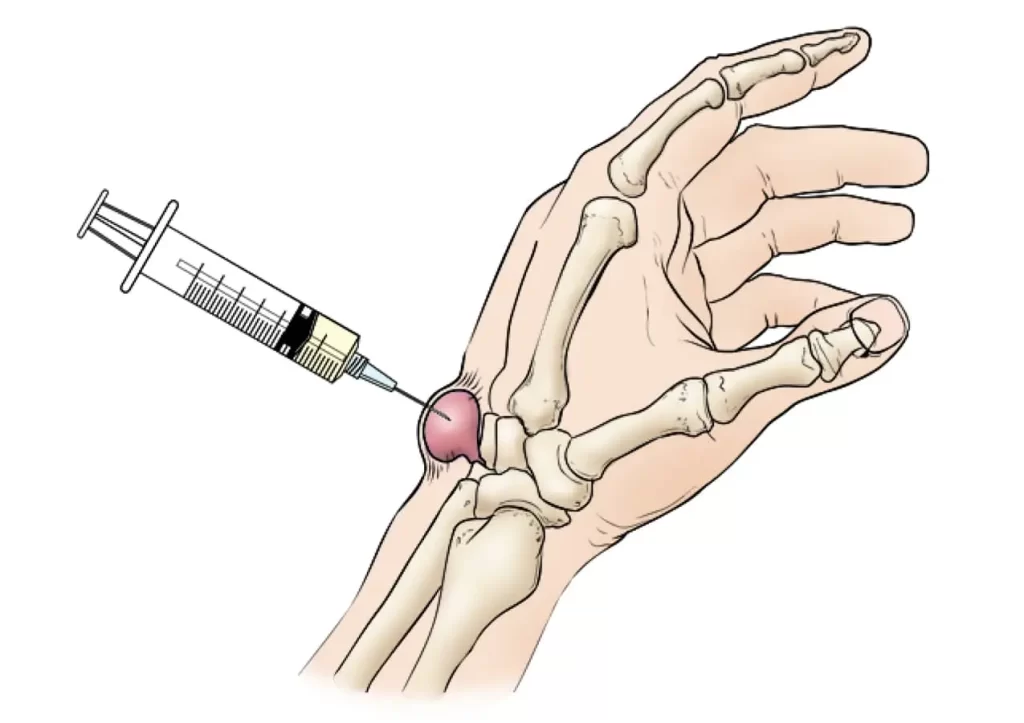
This holistic approach to treatment encompasses observation, immobilization, and aspiration, all tailored to the individual circumstances of the patient and the specific characteristics of the ganglion cyst.
Surgical Treatment:
Should the symptoms persist despite non-surgical interventions, or if the ganglion recurs following aspiration, the doctor might recommend surgical intervention. The procedure performed to eliminate a ganglion cyst is referred to as excision.
Surgery entails the complete removal of the cyst, coupled with the resolution of the underlying stalk from which the cyst originates. Achieving this might involve the removal of a portion of the implicated joint capsule or tendon sheath to ensure the complete eradication of the cyst’s root. Nonetheless, even with excision, there remains a minor possibility of the ganglion making a comeback.
Excision is typically conducted as an outpatient procedure, implying that patients are discharged on the same day of surgery following a period of observation during recovery. Post-surgery, you might experience some tenderness, discomfort, and swelling. However, the ability to resume regular activities typically surfaces within 2 to 6 weeks following the procedure.
This surgical avenue of excision offers a viable solution for persistent or recurring ganglion cysts, ultimately aimed at alleviating discomfort and restoring your quality of life.
A ganglion cyst at the wrist is dismissed while a surgical method named excision.
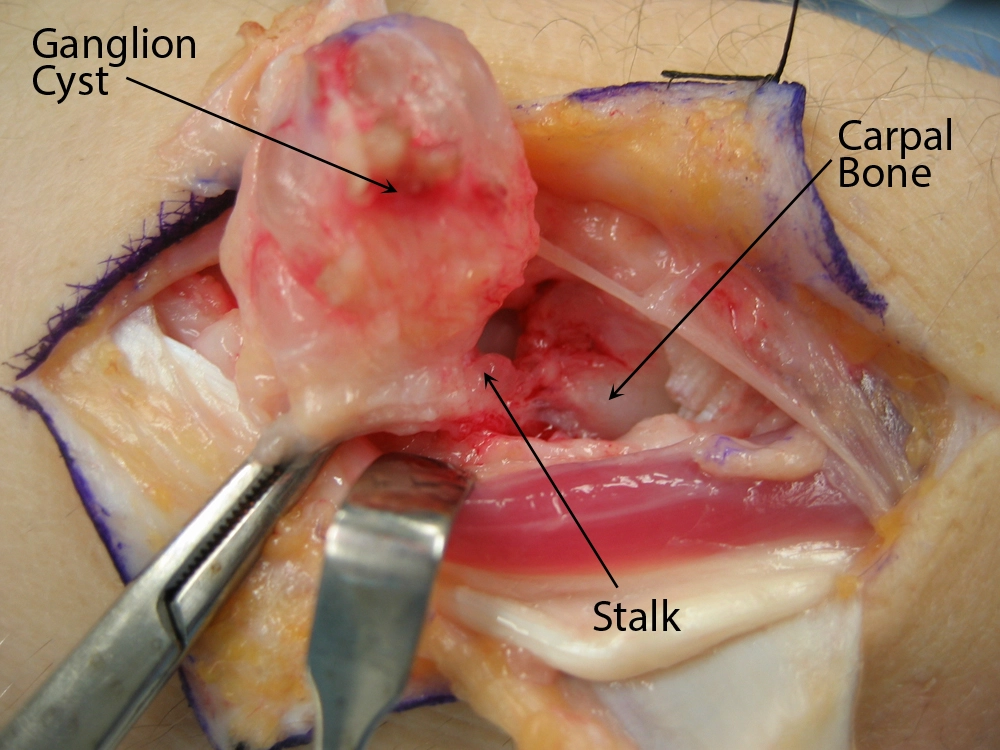
Recovery:
Following the surgical procedure, it’s important for the individual to take certain precautions to facilitate a smooth recovery:
- Protective Measures: Keeping the operated area covered and safeguarding it against accidental bumps is crucial to ensure proper healing.
- Adhering to Aftercare Instructions: Following the doctor’s post-operative instructions diligently is vital for a successful recovery process. These approaches are developed to facilitate healing & control further difficulties.
- Splint Usage (If Applicable): In cases where the cyst was located on the hand or wrist, wearing a splint for the initial days post-surgery can provide additional support and aid in the healing process.
- Pain Management: Over-the-counter pain relief options can be employed if necessary to manage any post-surgery discomfort.
- Elevation: Elevating the treated extremity can effectively reduce the risk of swelling and promote healing.
If any discomfort or unusual symptoms persist beyond what is expected during the recovery period, it’s advisable for the individual to promptly seek medical attention. By adhering to these guidelines and maintaining open communication with their healthcare provider, individuals can ensure a smoother recuperation and the best possible outcome after ganglion cyst surgery.
Complications:
Potential complications that could arise from treatment encompass joint stiffness and the formation of scars. In instances of excision, the recurrence of the lesion is more prevalent when dealing with a volar ganglion cyst located on the wrist. It’s noteworthy that an incomplete excision, where the stalk or pedicle isn’t entirely removed, may result in recurrence. Similarly, failing to execute a comprehensive layered closure of the incision can also contribute to recurrence. A meticulous approach to treatment and surgical techniques is paramount to mitigate the risk of these complications and ensure optimal patient outcomes.
Prognosis of Ganglion cyst
The recurrence rate notably leans towards being higher in aspirated cysts compared to those that have been excised. Within the context of ganglion cyst treatment, studies have revealed that following surgery, recurrence occurs in approximately 12% to 41% of patients.
A comprehensive study spanning six years, delving into ganglion cyst treatment on the dorsal wrist, meticulously compared excision, aspiration, and the absence of treatment. Interestingly, the findings indicated that neither excision nor aspiration demonstrated prolonged advantages superior to not pursuing any treatment. It’s intriguing to note that among the untreated ganglion cysts, a considerable 58% spontaneously resolved. In this study, the recurrence rate after surgical intervention was marked at 39%.
In parallel to these observations, a similar study conducted in 2003, specifically focused on ganglion cysts situated on the palmar side of the wrist, made an intriguing assertion. It pointed out that at both the 2-year and 5-year follow-up marks, irrespective of the type of treatment pursued (excision, aspiration, or no treatment), no discernible difference in symptoms was evident. This intriguing phenomenon held true whether the palmar wrist ganglion was subjected to excision, aspiration, or simply left untouched.
Home remedies and tips
When a cyst brings about discomfort, implementing the following measures can prove beneficial:
- Footwear Adjustment: If the cyst is located on the foot or ankle, it’s crucial to ensure that footwear doesn’t cause rubbing or irritation. Opting for soft or open shoes, inserting padding, or even lacing the shoes differently can alleviate this concern effectively.
- Immobilization Strategy: Excessive movement of the affected region can contribute to the cyst’s enlargement. Employing a splint or brace serves to restrict movement, potentially leading to a reduction in the cyst’s size over time.
- Pain Management: In cases where the cyst induces pain, resorting to over-the-counter pain relief options such as ibuprofen can significantly alleviate discomfort.
Prevention of Ganglion cyst
An age-old practice involves attempting to resolve a ganglion cyst by striking it with a weighty object, such as a book. Yet, it’s imperative to recognize that there exists limited substantiation to support the safety or efficacy of this method. It’s crucial to heed medical advice against adopting this approach, as the impact could potentially inflict harm upon surrounding bodily structures.
It’s essential for individuals to refrain from attempting to “pop” their cysts, as this action holds the potential to trigger infections and is improbable to bring about a resolution to the issue.
Should significant discomfort be experienced, seeking guidance from a medical professional is strongly recommended. Engaging in a conversation with one’s doctor regarding treatment options is the prudent course of action to achieve effective and safe management of the situation.
Conclusion
A ganglion cyst typically doesn’t present a grave health concern. Nonetheless, if it generates any degree of discomfort or constrains one’s range of motion, it’s advisable to consult a medical professional. A doctor’s assessment could lead to a recommendation for a removal procedure if deemed necessary.
It’s important to note that surgical interventions have the potential to result in scarring. Additionally, there exists a possibility that the cyst might reoccur following treatment. Taking these factors into account, an informed conversation with a healthcare provider can guide individuals toward making the most suitable decisions for their well-being.
FAQ
Which is the best treatment for a ganglion cyst?
Ganglion Cysts Surgical & Non-Surgical Options
Medicine & Splinting: If individual is suffering from pain, the doctor may suggest an anti-inflammatory drug & splinting to reduce the pain.
Aspiration: In some patients, the fluid in the ganglion cyst can be discharged via aspiration.
Can ganglion cysts go away?
Most ganglion cysts go out without therapy. Regardless, some may come back after therapy. It may take an elongated period, up to 12-18 months, before the cyst goes out. If it is not generating any discomfort, the doctor may recommend just watching & waiting.
Can ganglion cyst be treated at home?
The good news regarding regaling your ganglion cyst is that 58 percent of them resolve on their own over a period. The doctor might suggest the subsequent home remedy options: Painkillers medications for example acetaminophen (Tylenol), naproxen (Aleve, Naprosyn), and ibuprofen (Advil, Motrin) can alleviate the pain.
Can stress cause ganglions?
Ganglion cysts form when greasing joint fluid collects around a joint capsule/tendon sheath. The precise reason for ganglion cysts is anonymous but can be attributed to repeated tension on the region, age-related deterioration of ligaments & tendons, or weak areas in connective tissue.
Can you remove a cyst without surgery?
A warm compress: As strange as it may sound, simply utilizing a warm compress a few moments a day for between 10-15 minutes can assist to decrease inflammation & facilitate drainage from the cyst. Over time, with an appreciation of the drainage, the cyst will just deform, departing no trace of it back.

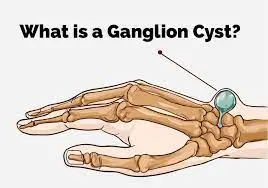
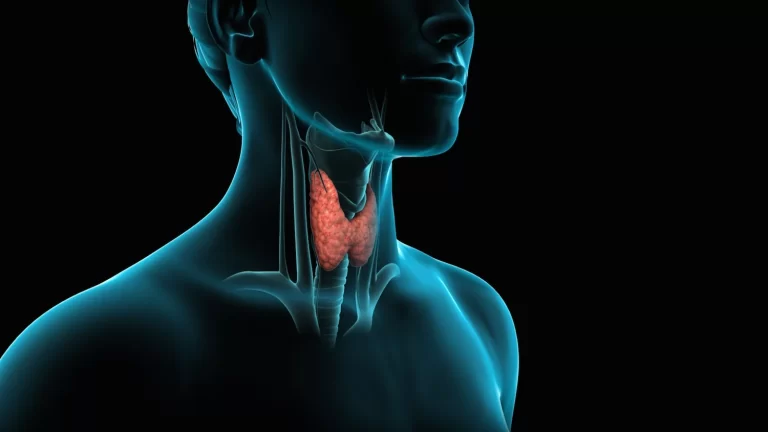
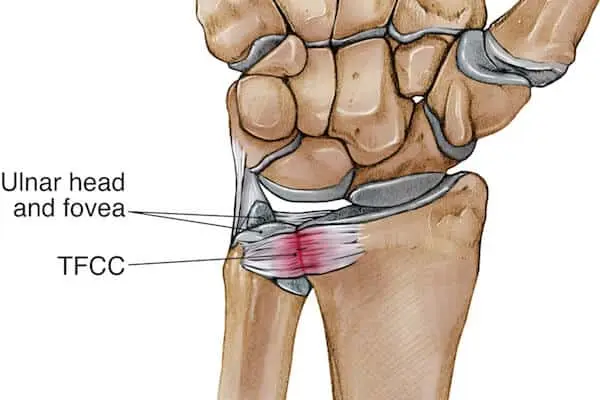
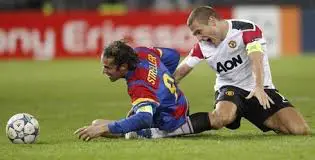


2 Comments